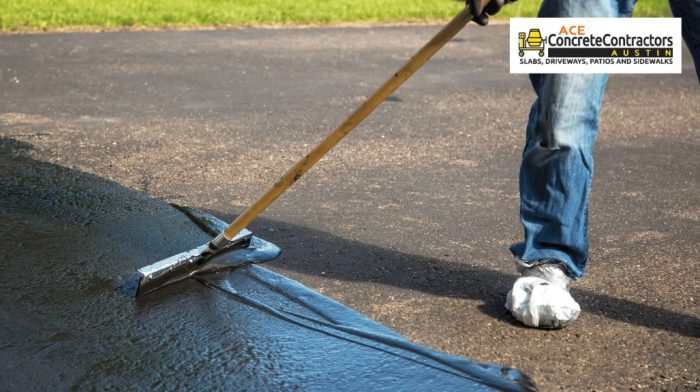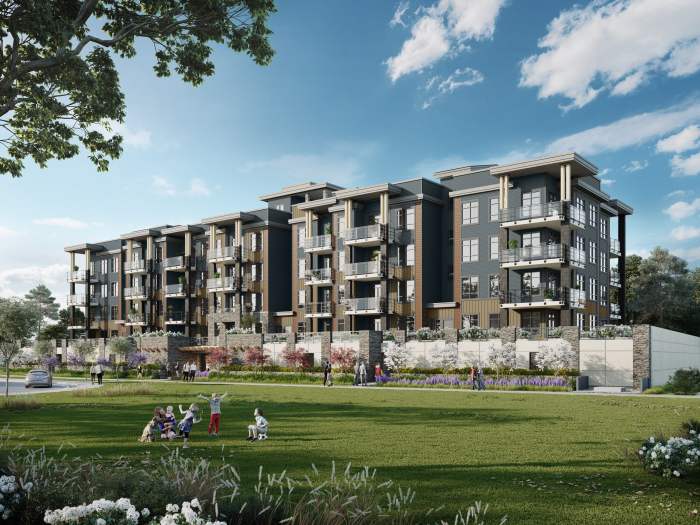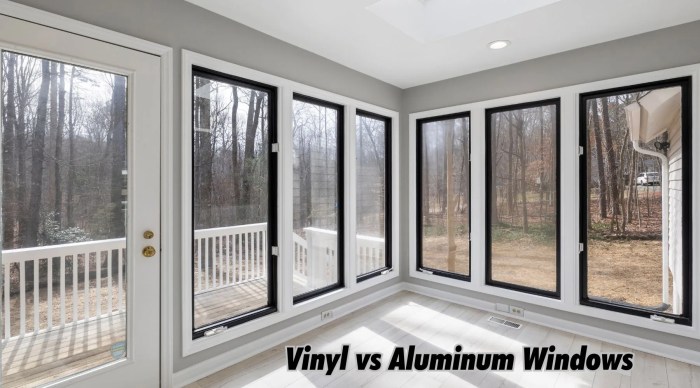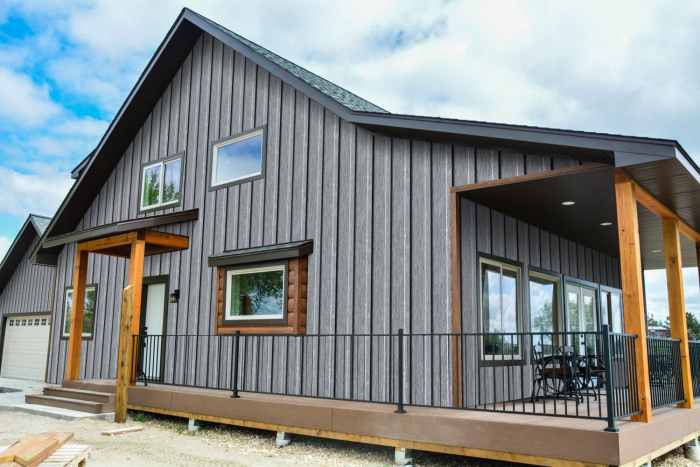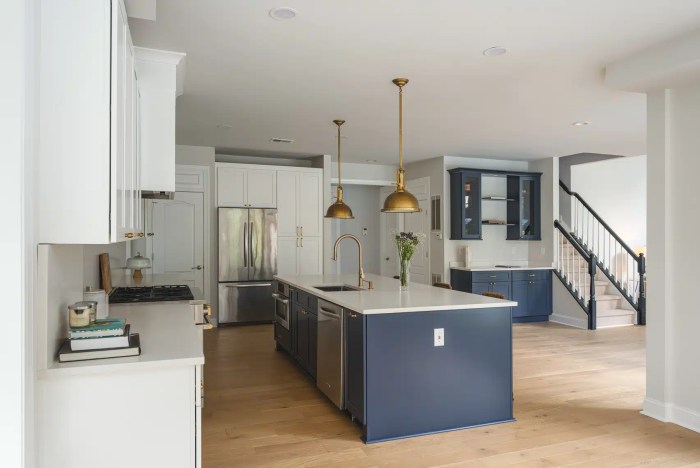Embark on a journey through the realm of windows and doors, where we delve into the myriad options, materials, installation processes, and maintenance tasks that shape the functionality and aesthetics of your living spaces. From traditional to modern designs, this guide illuminates the key aspects you need to know before making informed decisions for your home.
Types of Windows and Doors
Windows and doors come in various types, each with its own unique features and benefits. Understanding the different options available can help you make an informed decision when choosing the right windows and doors for your home.
Types of Windows
- Single-Hung Windows: These windows have a fixed top sash and a bottom sash that slides up and down.
- Double-Hung Windows: Both the top and bottom sashes can be opened, allowing for better ventilation.
- Casement Windows: Hinged on one side and open outward with a crank, providing excellent airflow.
- Sliding Windows: Operate by sliding horizontally, making them ideal for tight spaces.
Types of Doors
- Entry Doors: The main door that provides access to your home, available in various materials like wood, fiberglass, and steel.
- French Doors: Double doors with glass panels that add elegance and allow natural light to enter the room.
- Sliding Doors: Perfect for connecting indoor and outdoor spaces, offering a wide opening without taking up space.
- Bifold Doors: Consist of multiple panels that fold in on themselves, creating a wide opening and a seamless transition between rooms.
Traditional vs Modern Designs
When it comes to window and door designs, traditional styles often feature intricate details and craftsmanship, adding a classic touch to your home. On the other hand, modern designs focus on simplicity, clean lines, and energy efficiency. While traditional designs may be more aesthetically pleasing to some, modern designs offer practical benefits such as improved insulation and security features.
Materials Used in Windows and Doors
When it comes to windows and doors, the choice of materials plays a crucial role in determining their performance, durability, and maintenance requirements. Let's explore some common materials used in manufacturing windows and doors and discuss their pros and cons.
Wood
Wood has been a traditional choice for windows and doors due to its natural beauty and excellent insulation properties. While wood offers a classic look and can be easily customized, it requires regular maintenance such as painting or staining to protect it from moisture and pests.
Wood windows and doors are generally durable but may be susceptible to rotting over time if not properly maintained.
Vinyl
Vinyl is a popular choice for windows and doors as it is affordable, low-maintenance, and offers good insulation properties. Vinyl windows and doors are resistant to moisture, rot, and pests, making them a durable option for many homeowners. However, vinyl may not be as customizable as wood and can warp or fade over time due to exposure to extreme weather conditions.
Aluminum
Aluminum windows and doors are known for their strength, durability, and slim profile. They are lightweight, resistant to corrosion, and require minimal maintenance. However, aluminum is a good conductor of heat and cold, which can impact the energy efficiency of the windows and doors.
Additionally, aluminum frames may not offer as much insulation as other materials.
Fiberglass
Fiberglass windows and doors are gaining popularity for their strength, durability, and low-maintenance qualities. Fiberglass is resistant to warping, cracking, and rotting, making it a long-lasting option for homeowners. Fiberglass frames also offer good insulation properties, helping to improve energy efficiency.
However, fiberglass windows and doors may come at a higher cost compared to other materials.Choosing the right material for your windows and doors depends on factors such as budget, maintenance preferences, energy efficiency goals, and the overall look you want to achieve.
Consider these pros and cons of different materials to make an informed decision that suits your specific needs and preferences.
Window and Door Installation
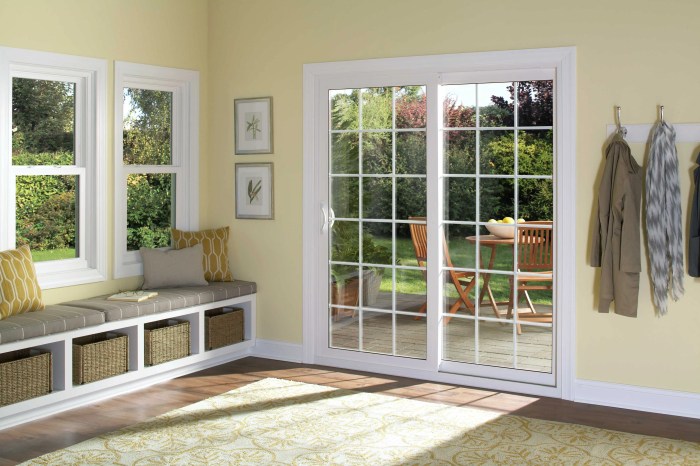
Installing windows and doors is a crucial step in any construction or renovation project. Proper installation ensures energy efficiency, proper insulation, and overall functionality of the windows and doors. Here, we will discuss the step-by-step process of installing windows and doors, the importance of accurate measurements and preparation, tips for energy efficiency and insulation, as well as common challenges faced during installation and how to overcome them.
Step-by-Step Installation Process
- Begin by measuring the window or door opening accurately to ensure a proper fit.
- Prepare the opening by removing any old windows or doors, cleaning the area, and addressing any structural issues.
- Install the window or door frame securely, making sure it is level and plumb.
- Add insulation around the frame to prevent air leakage and improve energy efficiency.
- Place the window or door in the frame, ensuring a tight seal and proper operation.
- Finish the installation by adding trim, caulk, and any necessary hardware.
Importance of Proper Measurements and Preparation
Accurate measurements and thorough preparation are crucial for a successful window and door installation. Proper measurements ensure a precise fit, while preparation helps identify and address any potential issues before installation. Skipping these steps can lead to ill-fitting windows and doors, air leakage, and reduced energy efficiency.
Tips for Energy Efficiency and Insulation
- Choose energy-efficient windows and doors with high-quality insulation materials.
- Add weather-stripping around the frame to prevent drafts and improve insulation.
- Use low-E glass to reduce heat transfer and UV rays, enhancing energy efficiency.
- Consider installing double or triple-pane windows for better insulation and noise reduction.
Common Challenges and How to Overcome Them
- Uneven walls or frames: Shim the frame as needed to ensure a level and plumb installation.
- Air leakage: Properly insulate around the frame and use weather-stripping to prevent air infiltration.
- Water damage: Ensure proper flashing and caulking to protect against water intrusion.
- Operational issues: Adjust hinges, latches, and locks as needed for smooth operation.
Window and Door Maintenance
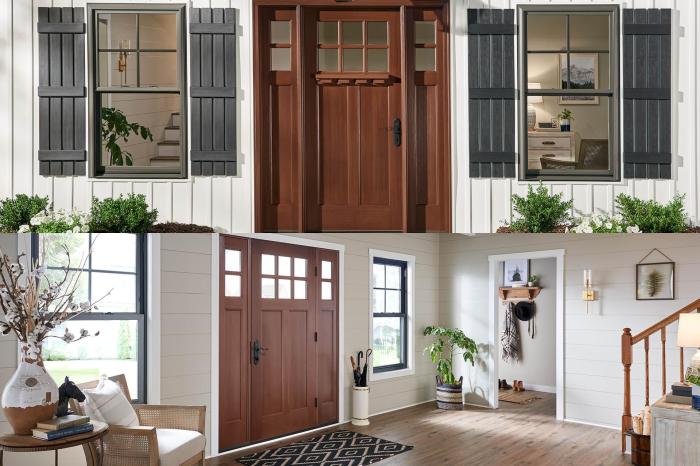
Regular maintenance is essential to ensure that windows and doors remain functional and aesthetically pleasing. By performing simple upkeep tasks and inspections, you can prevent issues and prolong the lifespan of these elements in your home.
Seasonal Maintenance Checklist
- Inspect and clean window and door frames to remove dirt, dust, and debris.
- Check for any signs of wear and tear, such as cracks or peeling paint, and address them promptly.
- Lubricate hinges, locks, and handles to prevent stiffness and ensure smooth operation.
- Examine weather stripping and seals for damage and replace if necessary to improve energy efficiency.
- Clean glass surfaces to remove smudges and streaks for better clarity and visibility.
Significance of Regular Inspections and Repairs
Regular inspections can help identify minor issues before they escalate into major problems, saving you time and money in the long run. By addressing small repairs promptly, you can prevent costly replacements and maintain the security and functionality of your windows and doors.
DIY Maintenance Tips and Professional Help
- For minor repairs such as tightening screws or adjusting hinges, you can easily do it yourself with basic tools.
- However, if you notice significant damage or issues beyond your expertise, it is advisable to seek professional help to ensure proper repairs and prevent further damage.
- Professional window and door maintenance services can also provide thorough inspections and maintenance plans to keep your home's elements in top condition.
End of Discussion
As we conclude our exploration of windows and doors, it becomes evident that these elements are not merely functional aspects of a structure but integral components that define its character and charm. With the right knowledge and care, your windows and doors can stand the test of time, enhancing both the beauty and efficiency of your living spaces.
Common Queries
What are some common materials used for windows and doors?
Common materials include wood, vinyl, aluminum, and fiberglass, each with their own unique pros and cons in terms of durability and maintenance.
How can I ensure energy efficiency during window and door installation?
Ensuring proper insulation and sealing gaps effectively can contribute to energy efficiency. Additionally, choosing energy-efficient materials and designs can make a significant difference.
What maintenance tasks are essential for keeping windows and doors in good condition?
Regular cleaning, lubrication of moving parts, and inspections for any signs of wear or damage are key maintenance tasks to preserve the longevity of windows and doors.

